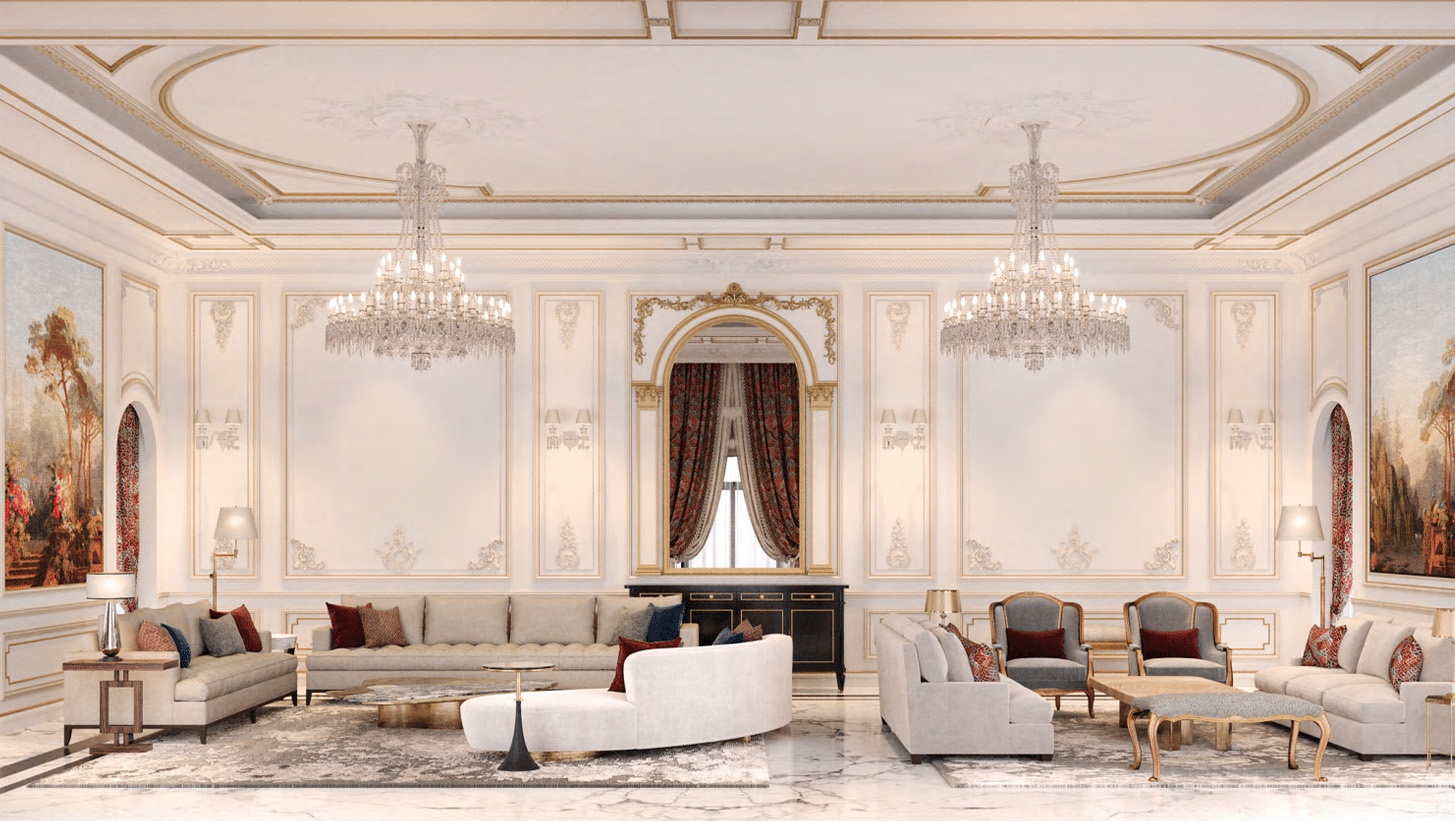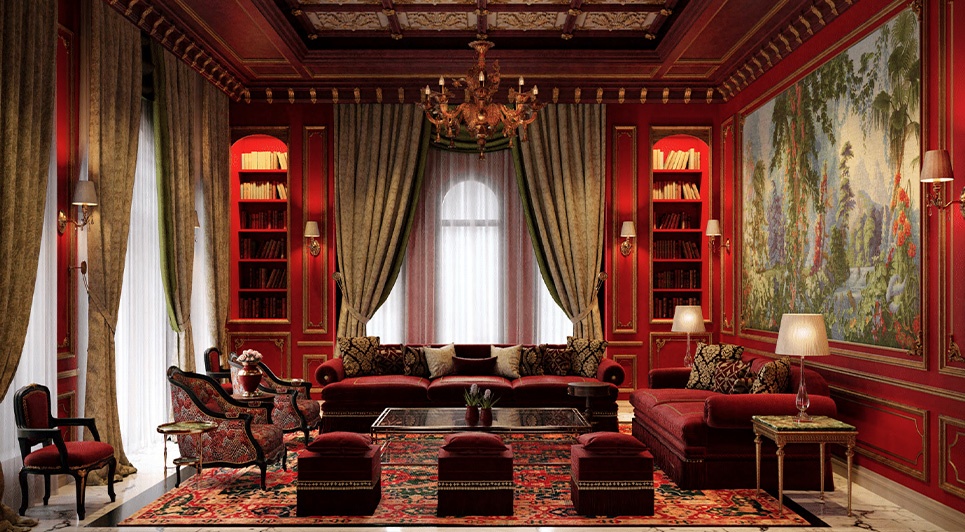
December 24th, 2021 / 4 min read
Since our very first project, we have taken on clients who have spent hundreds of thousands of dollars (sometimes millions) on previous designs with different design studios. The cost here is not merely monetary but temporal as well.
Time, money and effort are wasted. Moreover, emotional exhaustion is a byproduct of failed design relations.
In our line of business, we work on projects with massive budgets. This means responsibility and planning. More importantly, when you are in the business of making homes and spaces for people to exist within, you begin to realize it is not about the budget sheet and the material being shipped, but about the emotional investment and the relationship you develop with the people whose homes you are constructing from the ground up. So, expensive homes and expensive taste also mean an emotional expense. Quite the plot twist!
‘I told you so!’
- Nina Parvaresh
Design and space have an innate approach to them. The building process is a multifaceted, complex process. It is not similar to purchasing a car. One of the common reasons many of our clients have gone through several architecture and design studios unsuccessfully is due to a lack of control from these designers. This common error has led our Chief Vision Officer to chant ‘I told you so.’ more than once. She chants it well…
Back to the aforementioned control. It comes in two main forms.
The first form of control when working on houses that span over 15,000 sq. ft. and are embellished with intricate details comes in the form of executive control. When we sign with clients, we tend to communicate a modicum of trust and credibility that is as genuine as it is necessary. This trust hands us the executive control over transcribing the client’s vision into reality with minimal interference.
In stark contrast to our very collaborative execution process, our design process is quite centralized. This is necessary in big projects because it minimizes errors, maintains a focused aesthetic theme and places the decision-making process in the hands of professionals rather than several different players with severely different perspectives. Too many opinions will roll the dice off the board. Expensive taste means a knowledge of quality, craft and process - not a visual preference. It’s why we’re paid to do what we do after all.

The second form of control required in projects that are truly lavish is budget control. Our process does not recognize the difference between a $ 2 million or $ 15 million project because the quality is never compromised. However, the budget control allows us to distribute the cost across different facets of the project to achieve the exemplary quality we champion and to achieve the client’s vision within the constraints of financial opportunity cost.
In the world of building expensive homes, the recipe for disaster comes in involving too many people in the decision-making process. Hiring a fully-fledged design studio like Concept Me to take charge means allowing them to take charge. We translate the vision. And that is where the importance of client management shines. Managing client relations and expectations is one of the most rewarding elements about our job.
At the end of the day, we are in the business of making spaces that people inhabit. That is as sentimental as it gets. Thus, we build these personal relations with them, we tend to their psychological desires for these spaces and we manage their expectations based on their budgets, their undisclosed desires, their changing personal situations (from pregnancies to travel emergencies) and the realistic parameters surrounding the project.
The process is equally design work and client management.
Our high-end process is not a business transaction but a business relation.
High end ties high emotion and high prices.
Expensive homes. Expensive taste. Everything is personal and subjective.
Our work is not merely about creative discussions and the cheque blanc approach. It’s about the true sentiment and the lasting relations we develop as we literally construct homes together.